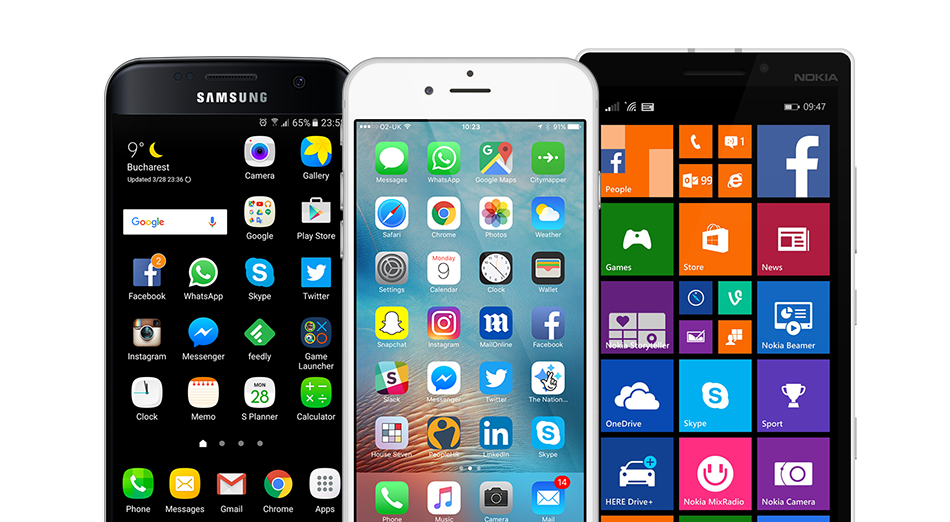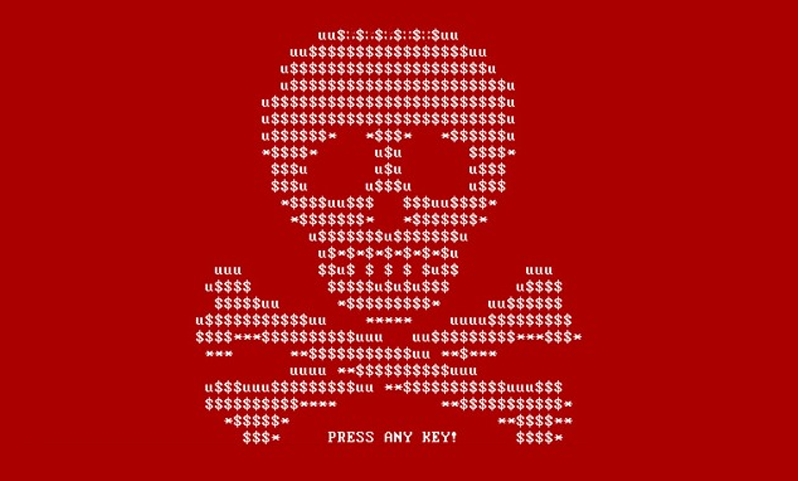4G For Commuters May Cost More Than You Think

Commuting. It’s everyone’s least favourite part of the day. But mobile devices have added some levity for those using public transport, and now the sight of a carriage full of silent workers glued to their phones is an everyday occurrence.
For many, a work-assigned smartphone provides the perfect distraction to pass the time while sat in their seat – if they can grab one, that is. Employees can stay connected to services like email, extending the working day and making the most of those wasted minutes spent on travel.
The price of connectivity
While this may be a boon for productivity, it could mean rising data usage and subsequent rising data costs. For businesses, this is certainly something well worth thinking about.
Understanding what this will represent in costs to the enterprise is not so simple. Employees do all kinds of things on their work devices, from checking emails to browsing social media platforms.
By analyzing patterns from across the hundreds of thousands of devices protected by Wandera’s mobile security solution, reliable estimates on data consumption can be obtained for different kinds of apps.

Instagram, the picture-focused social network, typically uses about 32MB of data for a 47 minute long session (an average commuter journey in London). This will naturally change based on factor such as whether the user was uploading images, or how quickly they scrolled through their feeds, but these figures provide a good approximation of data usage behaviours for social media.
Fortnite, the battle royale game enjoying a huge amount of popularity at the moment, burns through data a little more quickly, consuming just over 50MB over a 47 minute play session.
The data-hungry Netflix can vary wildly, with video quality settings meaning one hour of usage can consume anywhere between 250MB and 1GB. Wandera data suggests that, on average, 447MB is used in a typical 47 minute session – the exact length of an average episode of Breaking Bad, conveniently. Remember to, that employees have to get home again too – meaning you can theoretically double these numbers to get a daily feel for the consumption rise that might be expected once 4G goes live.
If these figures don’t sound too scary, then consider the fact that most people work for at least 20 days a month. These 47 minutes of usage can quickly spiral into much more concerning numbers.

Now, clearly it’s unlikely that employees will watch a full episode of their favourite TV show twice a day for 22 days a month, but it remains an important consideration nonetheless. Even at a more conservative estimate of 10 minutes per journey of light email and social media usage using 4G, users will face an average increase of 400MB in data usage per month.
To most businesses, this represents a significant growth on current data plans, or could collectively push data consumption beyond pool limits. This will often mean expensive overage fees, or a long term need to renegotiate contracts with the network operator.
Organizations are advised to implement usage policies, keeping employee device usage focused on productivity and acceptable levels of data consumption. Using Wandera, administrators can set caps and use powerful controls to enforce acceptable usage policies, balancing user experience and productivity with a secure and predictable way to manage rising data costs.
Stay on top of rising mobile data costs








